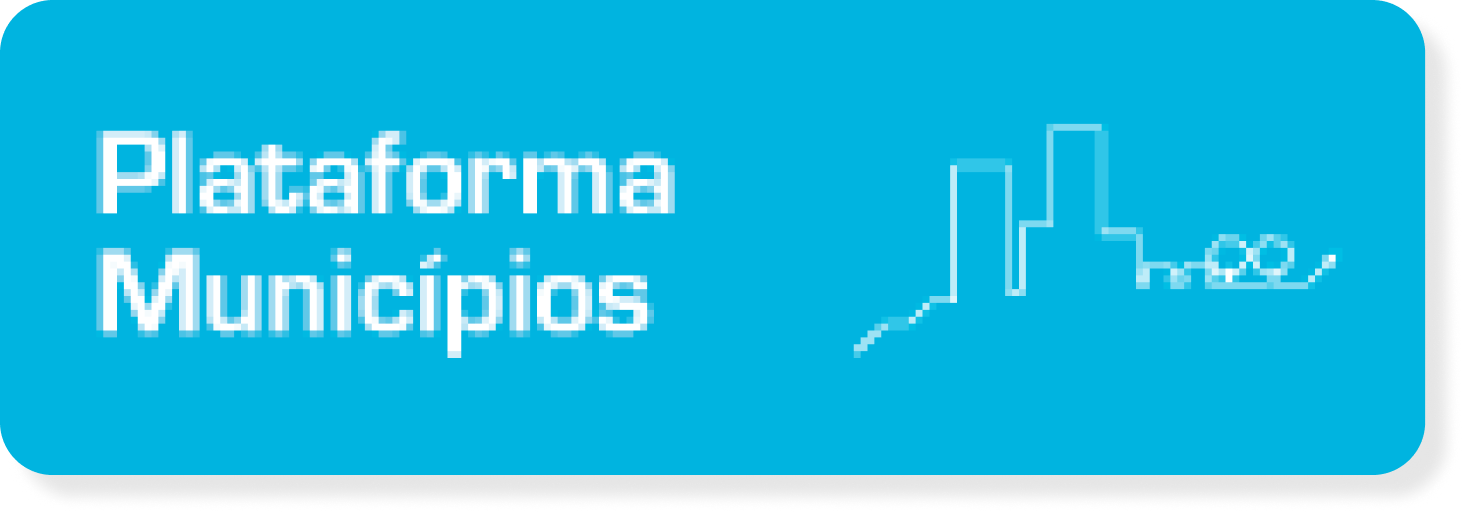Abstract:
The reclamation of mining areas requires geotechnical stabilization of superficial processes, intensified by the production activities. This stabilization comprises the use of methods and technique to revegetation and aims at protecting the exposed soil and rock surfaces. In this context, revegetation practices rarely seeks a significant improvement of biodiversity and consequently the quality of natural resources, thus contributing to increase the supply of environmental services. Soil bioengineering, which uses living plants or part of living plants structured with soil or associated with inert elements, tends to enhance biodiversity benefits. Its application progresses in sectors such as transport, recovery of river banks and road slopes, but is still not adopted in the mining sector. This paper presents results of an ongoing research on the applicability of soil bioengineering (SB) techniques to recover degraded areas from mining and the provision of associated environmental services. This paper presents results of resource by applicability of SB techniques in the recovery of degraded areas by mining and association provision of environmental services. The study considers experiments using idealized models to recover degraded areas related to the Cajati mine (owned by Brazilian mining company Vale), located in São Paulo, Brazil. The research objectives include: i) identify the ability of the SB techniques used in Brazil in different contexts of degradation to mitigate or enhance the effects of natural processes (biophysical) in mined areas; ii) to analyze the applicability of the SB in the recovery phase of mined areas; and iii) identify the potential environmental services associated with SB techniques applied in the study area. Research results intend to contribute to the adoption of sustainable recovery of degraded areas models as well as the insertion of environmental services approach in the mining sector.
The reclamation of mining areas requires geotechnical stabilization of superficial processes, intensified by the production activities. This stabilization comprises the use of methods and technique to revegetation and aims at protecting the exposed soil and rock surfaces. In this context, revegetation practices rarely seeks a significant improvement of biodiversity and consequently the quality of natural resources, thus contributing to increase the supply of environmental services. Soil bioengineering, which uses living plants or part of living plants structured with soil or associated with inert elements, tends to enhance biodiversity benefits. Its application progresses in sectors such as transport, recovery of river banks and road slopes, but is still not adopted in the mining sector. This paper presents results of an ongoing research on the applicability of soil bioengineering (SB) techniques to recover degraded areas from mining and the provision of associated environmental services. This paper presents results of resource by applicability of SB techniques in the recovery of degraded areas by mining and association provision of environmental services. The study considers experiments using idealized models to recover degraded areas related to the Cajati mine (owned by Brazilian mining company Vale), located in São Paulo, Brazil. The research objectives include: i) identify the ability of the SB techniques used in Brazil in different contexts of degradation to mitigate or enhance the effects of natural processes (biophysical) in mined areas; ii) to analyze the applicability of the SB in the recovery phase of mined areas; and iii) identify the potential environmental services associated with SB techniques applied in the study area. Research results intend to contribute to the adoption of sustainable recovery of degraded areas models as well as the insertion of environmental services approach in the mining sector.
Reference:
SOLERA, Maria Lucia; LONGO, Mariana Hortelani Carneseca; CAMPOS, Sofia Julia Alves Macedo; BITAR, Omar Yazbek. Application of soil bioengineering techniques in the provision of environmental services: studies on mining reclamation. In: WORLD MINING CONGRESS, MINING IN A WORLD OF INNOVATION, 24., 2016, Rio de Janeiro. Proceedings… 9 p.
Document with restricted access Log in to BiblioInfo, Library/IPT-DAIT to access the PDF text:
https://escriba.ipt.br/pdf_restrito/174260.pdf
Document with restricted access Log in to BiblioInfo, Library/IPT-DAIT to access the PDF text:
https://escriba.ipt.br/pdf_restrito/174260.pdf






